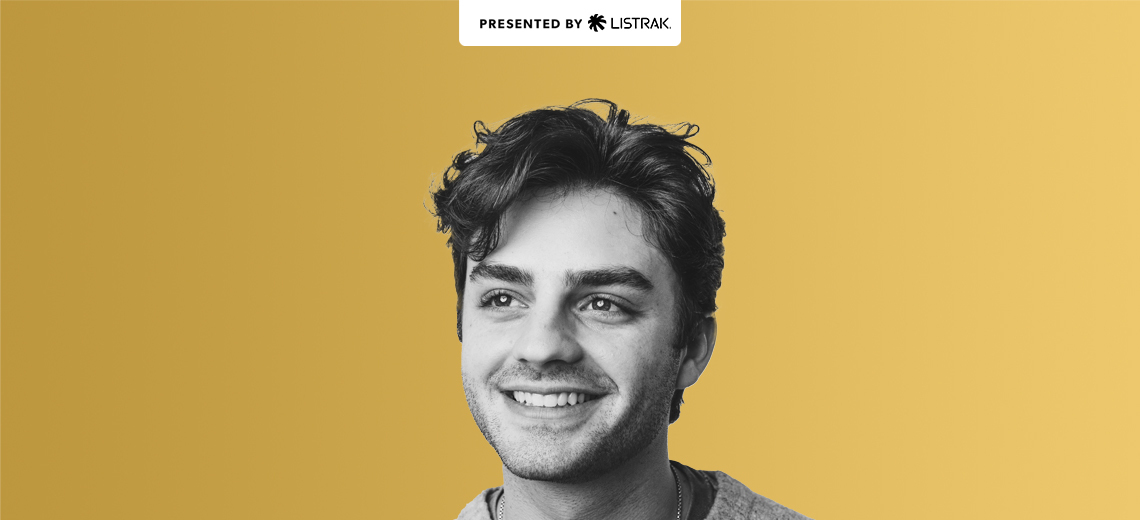This is an episode of the Glossy Beauty Podcast, which features candid conversations about how today’s trends are shaping the future of the beauty and wellness industries. More from the series →
Subscribe: Apple Podcasts • Spotify
Tattoos are now big business for the beauty industry.
Since 2021, tattooing and tattoo care products have attracted both investor and strategic acquirer attention. Brands like Mad Rabbit have raised millions in outside funding to provide tattooed customers with before, during and aftercare products. According to a 2015 Harris Poll, more Americans are getting tattoos, with 29% having at least one. Specifically, 47% of millennials have one compared to over 36% of Gen Xers. What was previously associated with only select groups of people, tattoos are now more common among people from all walks of life.
“A big agenda of Mad Rabbit overall is continuing to push and champion self-expression and make it normal and OK for someone to express themselves in any sort of room,” said Oliver Zak, co-founder and CEO of Mad Rabbit, on the latest episode of the Glossy Beauty podcast.
Mad Rabbit launched in 2019 with $600 invested between its co-founders, Oliver Zak and Selom Agbitor. They bootstrapped the business until being cast on “Shark Tank,” where Mark Cuban invested $500,000 in the brand for 12% equity. Cuban has further invested in subsequent fundraising rounds. Mad Rabbit has raised $16 million in total funding thus far.
Speaking on the podcast, Zak detailed the marketing steps the brand took to support its 2023 launch into Walmart, the reasons why people need tattoo care in the first place and the factors driving interest in the tattoo care category. The below excerpts have been lightly edited and condensed for clarity.
Why tattoos went mainstream
“Tattoos are very ancient; some of the earliest Israelites were heavily tattooed people thousands of years ago. In America, it started with military and naval tattoos. Sailors would come in after they’d sailed 30,000 nautical miles, and then they would earn their ‘swallow’ that they would get tattooed on their chest. Through the 1960s, ’70s and ’80s, tattoos evolved into a fringe culture of bikers and prisoners. But it’s become so normalized that it’s [now simply] passionate people across various subcultures wearing their hearts on their sleeves. There are surfers, chefs, military people, skateboarders and business people.”
Introducing people to Mad Rabbit
“Historically, our Tattoo Balm, which was our first product, was our hero SKU by far. It makes the most sense to the consumer: An old tattoo will look new again if they put this on it. It has a fantastic before-and-after effect and has great packaging. We often use that to acquire our customers for the first time. However, one of our newer launches is a 5% Tattoo Numbing Cream, which, within two months, became neck and neck with the Tattoo Balm [in sales]. That speaks to the power of literally addressing a physical pain point. If you can take that away, not only will you have people who already get tattooed buying the product, but also, [pain] is oftentimes a barrier to entry for people getting their first tattoo. It was the first time we could directly market to somebody who may not have a tattoo at all. Since then, our Soothing Gel, a [post-tattoo] healing product, has taken off. Those three SKUs probably comprise 70-80% of the business [sales] collectively.”
Preparing for Mad Rabbit’s Walmart launch
“Fortunately, we have over 7,000 [brand] ambassadors who love and support the brand. The ambassador program allows them to sell from a traditional affiliate marketing perspective and offers customizable tasks that we can send out to our ambassadors that they can then complete and earn things like brand points, cash rewards or free products. Early in our Walmart launch, we sent that whole small army into stores to buy products, and then we rewarded them. It was a way to mobilize our core audience into supporting our new retail partnership.
Now that we’re about six months in, we spend much of our time figuring out how to diversify our marketing mix. We’ve been a 100% DTC brand for the last five years. Now, we have a massive retail footprint that we can leverage, allowing us to access advertising in more mass ways, whether with billboards, wrapping semi trucks, TV, podcast or radio ads. Early on, we made a point to drive our core audience into stores, and now we’re focusing on expanding our core audience and granting access to new Walmart shoppers, which is a whole new customer segment for us.”




